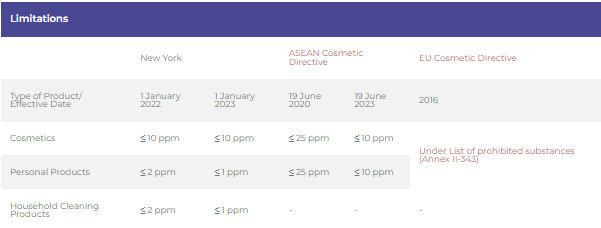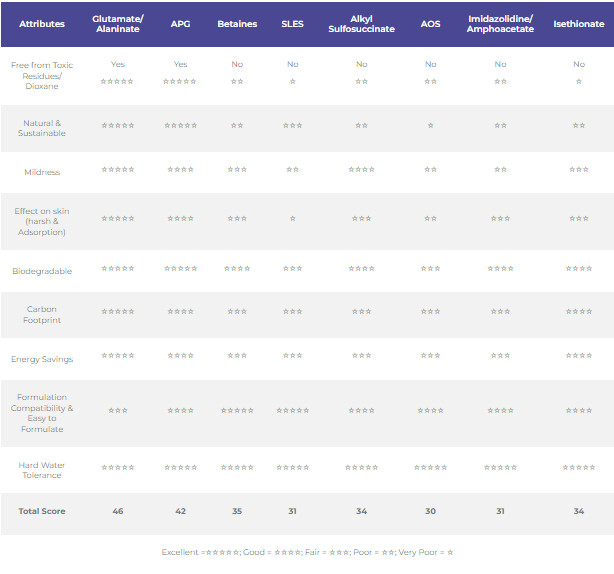Although most organisations categorize 1,4-dioxane as a suspected carcinogen, it is found in many of our products. This issue has raised the concern amongst consumers. In recent years, stricter laws on the level of 1,4-dioxane has been imposed. Other than the regulations in ASEAN and EU, New York’s governor Andrew Cuomo also signed a bill prohibiting the sale of any household cleaning products, cosmetics, and personal care products that contain 1,4-dioxane above trace concentrations.
What is 1,4-dioxane?
1,4-dioxane is a by-product formed through ethoxylation and is a contaminant found in many products. It is also known as dioxane, dioxan, p-dioxane, diethylene dioxide, diethylene oxide, diethylene ether and glycol ethylene ether.
Why should we be concerned of the presence of 1,4-dioxane in our products?
Classifications of 1,4-dioxane:
- EU: category 2 (suspected of causing cancer).
- International Agency for Research on Cancer (IARC): Group 2B (possibly carcinogenic to humans)
- US Environmental Protection Agency (US EPA): Group B2 (probable human carcinogen or likely to be carcinogenic to humans)
- Occupational Safety and Health (NIOSH): Potential occupational carcinogen
Regulations of 1,4-dioxane:

Our solution
We are committed in understanding how your products will be impacted. Are you looking to explore dioxane-free alternatives? Maha Chemicals supplies glutamate/alaninate and APG which are dioxane-free solutions for your products.
